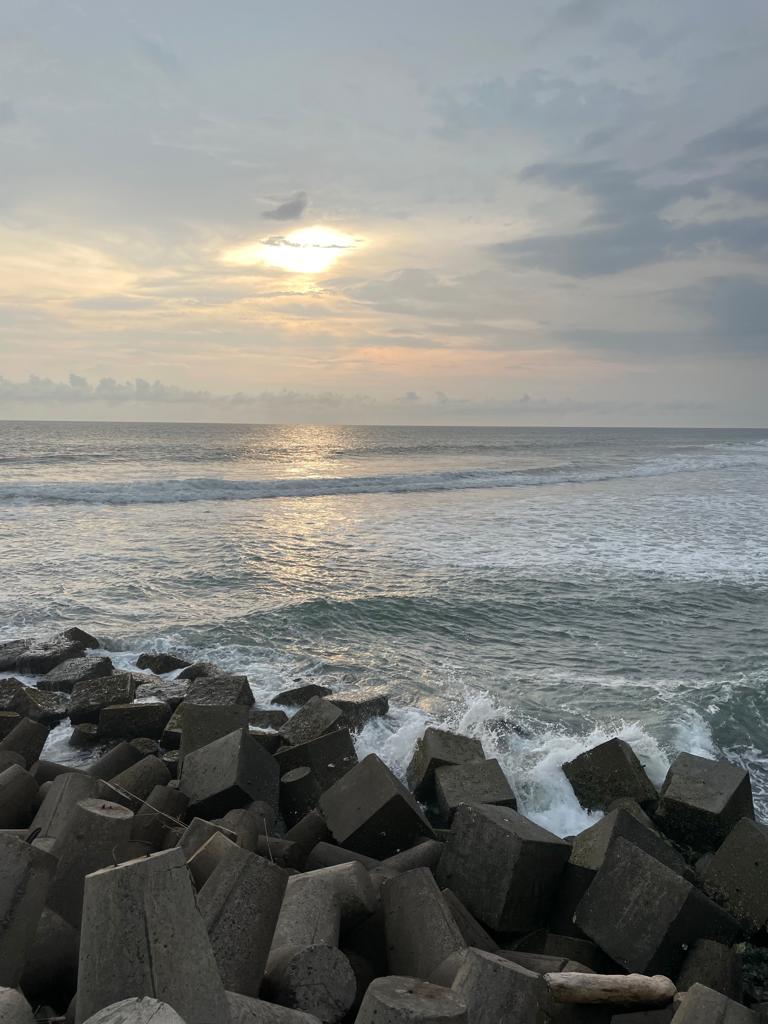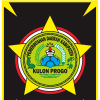
The village of Glagah is located in the Kalurahan Glagah, Kapanewon Temon, Kulon Progo Regency, Daerah Istimewa Yogyakarta. This village has a rich history and unique characteristics that define its identity. Initially, Glagah was part of Kademangan under the rule of Pakulaman, with the last ruler, Nurjahit, until 1987. In 1988, KGPAA Paku Alam V changed the name of the area to Kademangan Glagah and transformed the governance system into Kalurahan, initiating significant developments such as the construction of the Pasanggrahan and the transformation of marshes into rice fields. A Pasanggrahan building was also constructed, which has become a Cultural Heritage building to this day. Over the years, there has been significant development in the village's governance and infrastructure, including ongoing projects such as irrigation, road construction, pavement construction, health center construction, and more.
The Kalurahan Glagah area is divided into 9 hamlets, 16 neighborhoods, and 36 residential areas with a population of 2,937 people, including a relatively high number of productive-age residents. The majority of Glagah Village residents work in the agricultural, livestock, fisheries, and entrepreneurship sectors. The majority of the Kalurahan Glagah community adheres to the Islamic faith.
In Kalurahan Glagah area, there is one Health Center (Puskesmas) in the Macanan hamlet as a facility for the village's public health. Health services are also provided through posyandu (integrated health post) in each hamlet. The village has both formal and informal educational facilities, including three kindergarten units, three elementary schools, one Early Childhood Education (PAUD) center, and eleven TPA (Taman Pengembangan Anak). There are 14 public cemeteries in the village. To fulfill the community's recreational needs, the village provides a volleyball court.
Glagah Village has various natural and cultural attractions such as Serang River View, Culinary Plaza, East Laguna Beach, Jeep Tours, Laguna Glagah, West Laguna Beach, and Kalurahan Green Open Space. The majority of Glagah residents work as farmers due to the extensive agricultural land in the region. This contributes to the community's economic improvement. Usually, farmers in Glagah cultivate crops with high economic value such as rice, chili, watermelon, melon, and vegetables. Additionally, the community engages in livestock farming, inland fisheries, and shrimp cultivation as secondary occupations. Many Glagah residents are also entrepreneurs, operating restaurants along Glagah Beach and business owners in tourist attractions.
The village's potential is also visible in its human resources. Productive-age residents are expected to contribute optimally to the village's development. There is a high interest in cultural activities, a strong sense of community, and an increasing number of people mastering technological advancement. However, alongside these potentials, there are human resource issues, as some residents have a low educational background. Despite a significant number of productive-age individuals, there is still a considerable amount of unemployment rate.
The village officials in Glagah have been working in the region for a relatively long time, since they can keep up a good work ethic. Additionally, there are some younger officials who are adept with technological advancements. However, there are still some shortcomings in developing the village’s potential. The village has the potential for agribusiness with suitable land for cultivating crops such as cassava, vegetables, watermelon, and dragon fruit. There is an ample water supply for the residents, and the agricultural land is extensive, allowing for increased productivity.
The diverse potential owned by Glagah village is the key to enhance its economy and promote tourism development. This is aligned with the vision of Glagah village which is to realize a prosperous, healthy, religious, independent, and culturally rich village. The mission of Glagah village includes strategic steps to achieve this vision, including the effective governance of the village, utilization of its potential, and support in addressing the COVID-19 pandemic. The history and demographics of the village also play a crucial role in understanding the potential and challenges faced by Glagah village.
